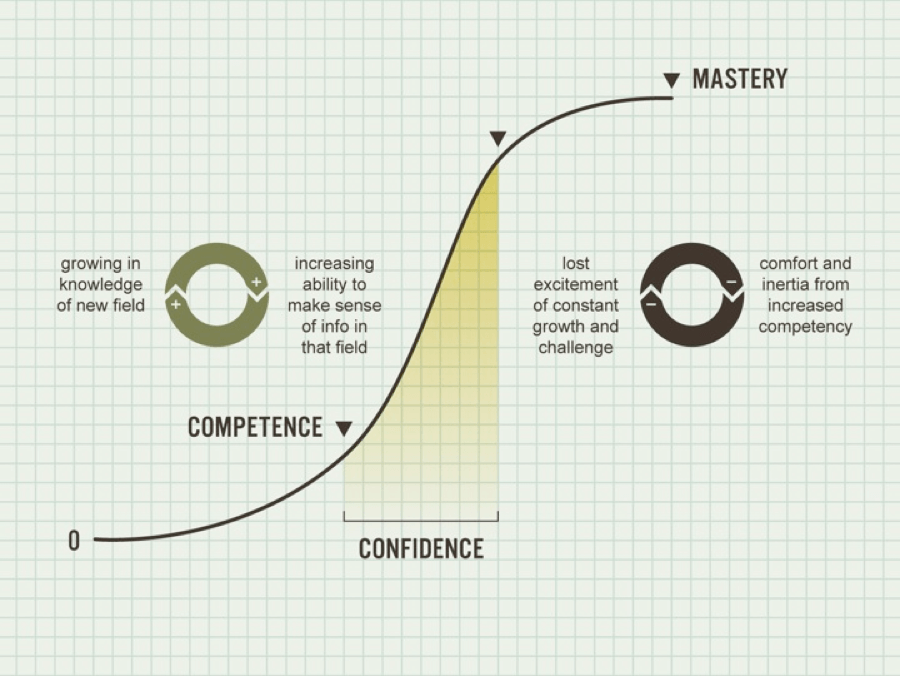
 Companies want to hire experts who can jump right in on day one and add value to the organization. But that recruiting strategy may be flawed. Could hiring and training inexperienced workers be a better approach?
Companies want to hire experts who can jump right in on day one and add value to the organization. But that recruiting strategy may be flawed. Could hiring and training inexperienced workers be a better approach?
This week on #WorkTrends, we’re talking to Whitney Johnson. She’s a seasoned leader and business coach and author of three of my favorite books, “Disrupt Yourself,” “Dare, Dream, Do,” and her latest book, “Build an A-Team, Play to Their Strengths and Lead Them Up the Learning Curve.”
Johnson is also a coach for Harvard Business School’s Executive Education program, a frequent contributor to the Harvard Business Review, a LinkedIn influencer and host of the weekly Disrupt Yourself Podcast.
You can listen to the full episode below or keep reading for this week’s topic. Share your thoughts with us using the hashtag #WorkTrends.
Johnson explains how the S curve can help companies make better hiring decisions.
The S Curve
When Johnson was working with Clayton Christensen at the Harvard Business School, they were looking at disruptive innovation using the S curve (popularized in 1962 by Everett Rogers to figure out when an idea is going to get adopted) to decide whether to invest in a company or not. “The big ‘aha’ that I had as we were applying this is that this S curve or learning curve could also help us understand people,” Johnson says. “If you can picture in your mind the bottom of the S, you know that when you first try something new, a lot of time’s going to pass and very little’s going to happen.” And this is what you would expect at the bottom of the S.

Source: whitneyjohnson.com
However, when you start piecing things together, you’re moving into the knee of the S; this is the steep part where everything is starting to coalesce. You stop feeling discouraged and wondering whether you know what you’re doing. “In fact, now you’re feeling increasingly competent, and with that comes confidence. And this is where you’re fully engaged in the work that you’re doing.”
After two or three years, you get to the top of the S and once again, nothing is happening. “Now it’s not because you don’t know anything, it’s because you know too much: You’ve become a master. And once you become a master, you become bored. So you need to do something new.”
The Organizational S Curve
Johnson says your organization is a collection of learning curves, and you build an A-team by managing where people are on those curves. “At any given time, you want to have 70 percent of your people in that sweet spot, that steep part of the curve,” she says. “You want to have 15 percent of your people at the low end, the ones that are inexperienced, the ones that are a little bit discouraged.” These are the people who ask why you do things a certain way.
She says you also want 15 percent of your people at the high end. They’re not necessarily learning a lot at this point, but they’re the pace-setters. “They’re the people who have this perspective, they’re on the top of the curve and they can give you a sense of what has been done and what hasn’t been done.”
By embracing the S curve, you’ll have an engaged organization where everyone is learning, and this will allow you to be innovative and competitive.
Hiring at the Wrong End of the Curve
Companies should be willing to hire at the bottom of the curve rather than at the top. We’re afraid to hire inexperienced people and train them because we think they will leave. “We know from the data and the research that one of the things that people most prize is being able to be trained,” Johnson says. “When we’re trained, that builds loyalty. So, people who are trained are less likely, not more likely, to leave.”
The Boston-based security company SimpliSafe used this approach. They hired people with no industry experience. “They wanted to train their people in-house — from their call center workers to their engineers.” By taking this approach, they sought to avoid having bored employees, because bored employees get lazy. “So, hire for potential, not for proficiency.”
Continue the conversation. Join us on Twitter (#WorkTrends) for our weekly chat on Wednesdays at 1:30 p.m. Eastern, 10:30 a.m. Pacific or anywhere in the world you are joining from to discuss this topic and more.